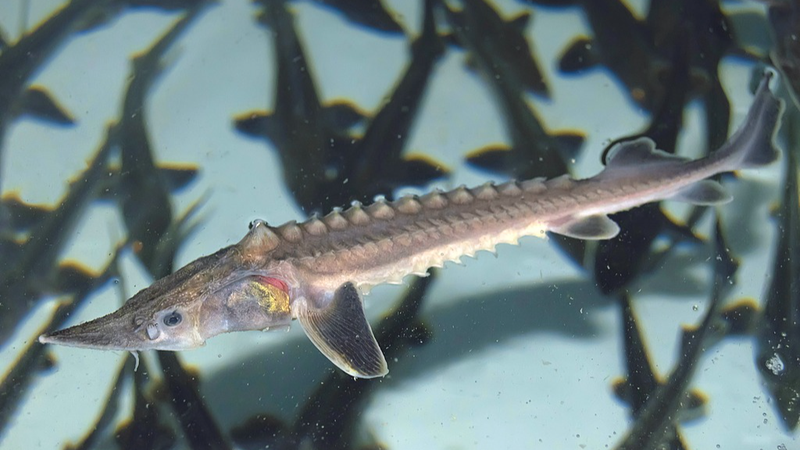In a thrilling breakthrough for wildlife conservation, scientists have witnessed the first natural reproduction of the critically endangered Yangtze sturgeon in over 20 years. Deep in the Chishui River in southwest China's Guizhou Province on the Chinese mainland, a tiny larva emerged – a sign that hope is swimming back into the wild!
The dedicated team used cutting-edge techniques like drone mapping, sonar, and hydrological modeling to meticulously recreate an 8,000-square-meter spawning ground. After releasing 20 adult sturgeons – 10 males and 10 females – their tireless efforts paid off when over 200,000 fertilized eggs were discovered. By April 16, the first hatchlings wriggled into life, proving that nature can prevail. 🎉
Researchers from the Institute of Hydrobiology of the Chinese Academy of Sciences and the Chinese Sturgeon Research Institute under the China Three Gorges Corporation have been working for years to restore the species’ natural habitat. As Liu Huanzhang explained, "Due to the lack of historical data, at first we didn't know what environmental conditions were needed for the reproduction of the Yangtze sturgeon. However, after repeated experiments, the problem was basically solved." 🐟
Liu Fei, an associate researcher, highlighted that this breakthrough is a keystone moment not only for the Yangtze sturgeon but for the entire ecosystem. "This isn't just about saving one species," Liu Fei noted. "It offers a model for restoring other endangered aquatic species and reviving river health."
Today, each hatchling is a symbol of resilience and a step toward a healthier river ecosystem. This achievement ignites hope for ongoing conservation efforts and inspires future initiatives aimed at preserving nature's treasures. 🌊
Reference(s):
cgtn.com




